MICHAEL CORINNE WEST (1908-1991)
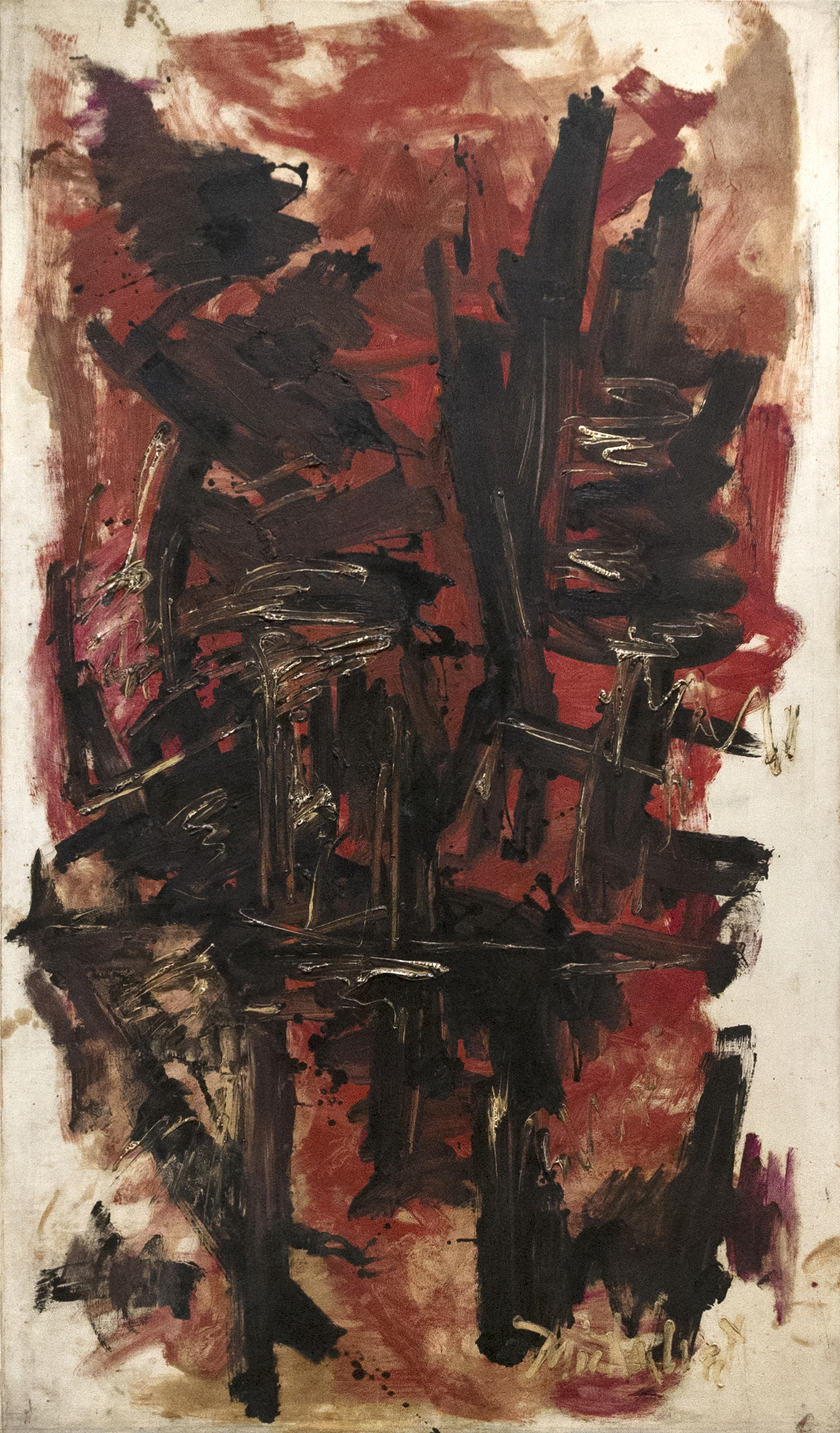
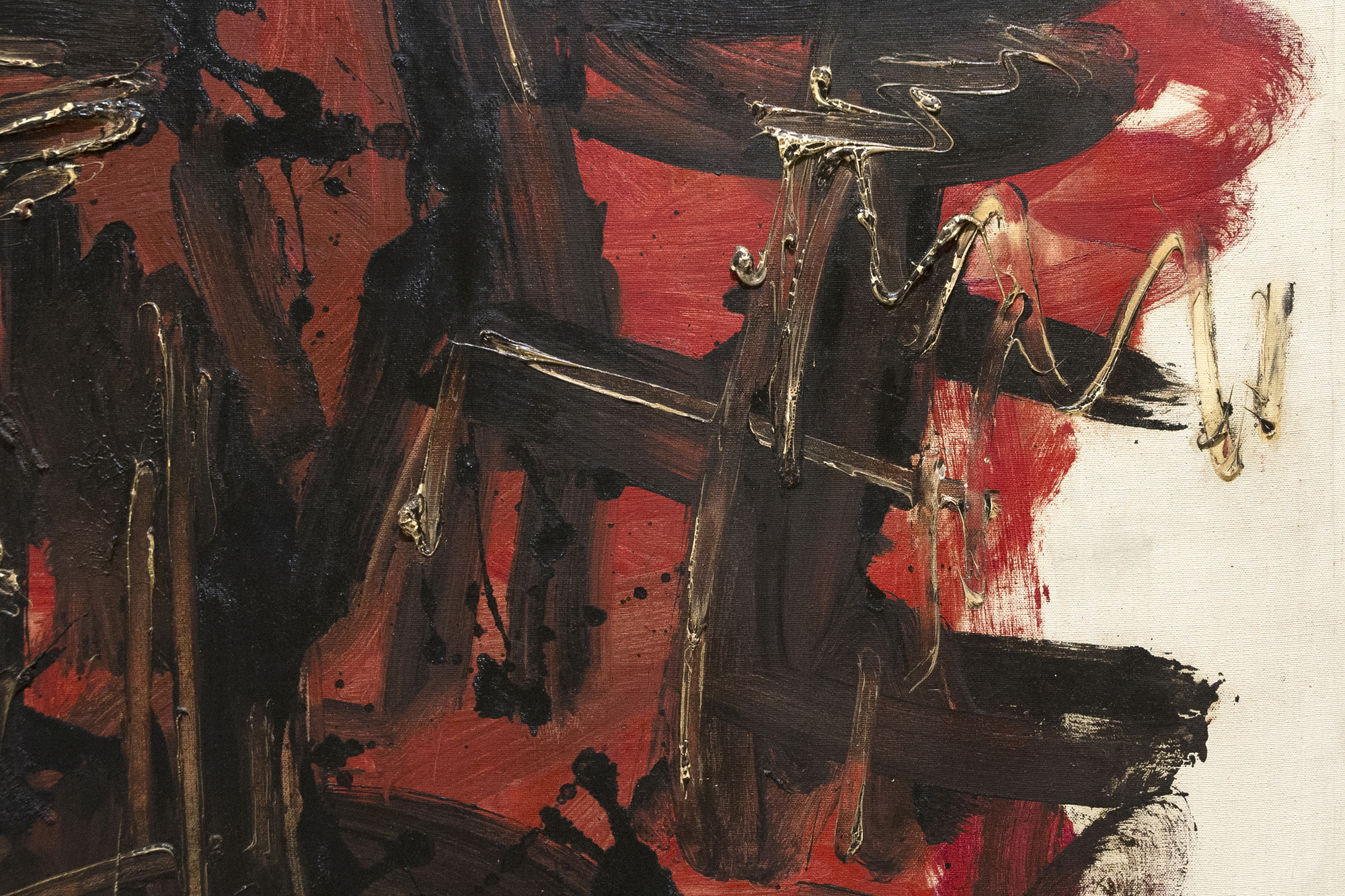

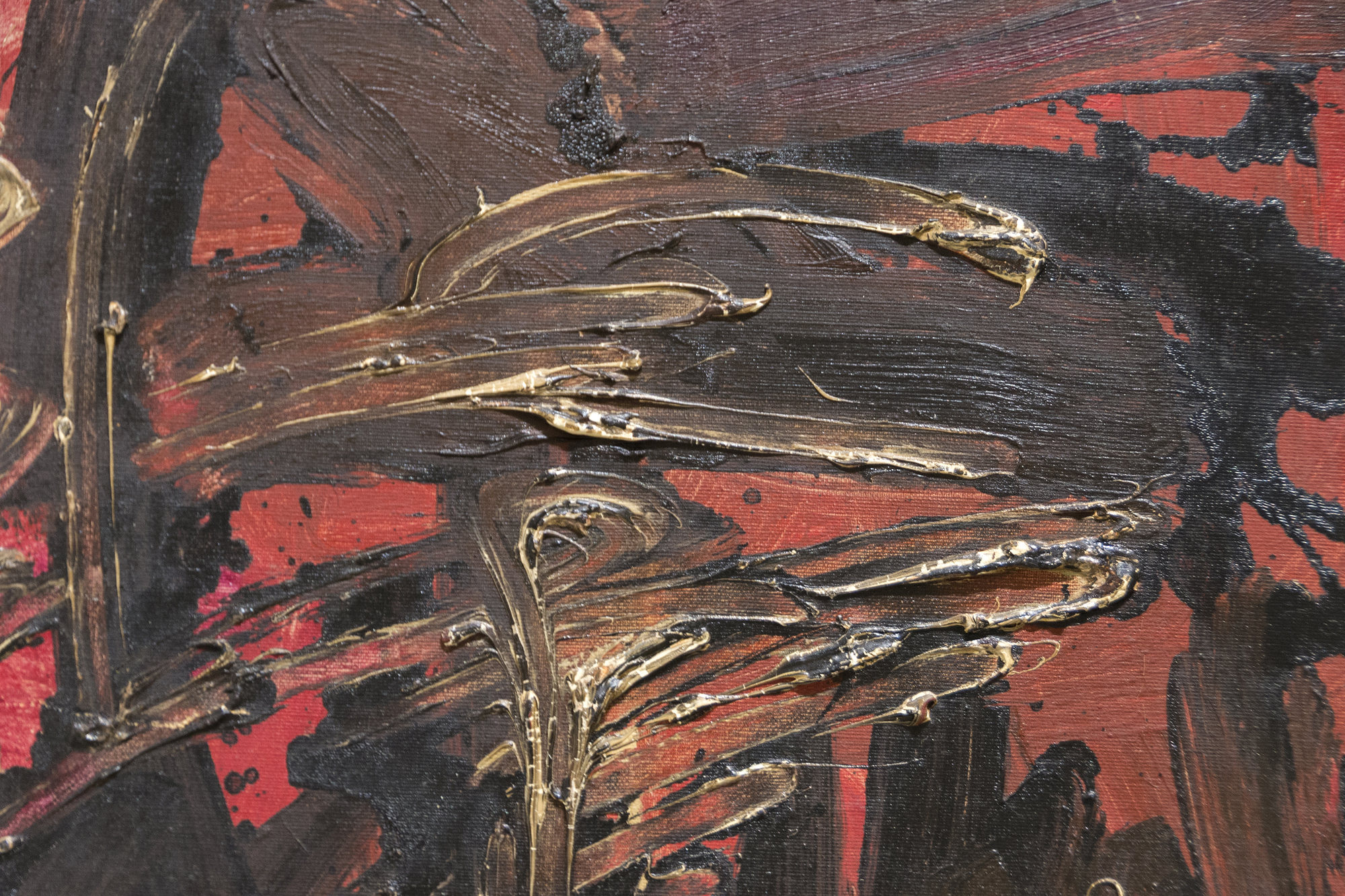
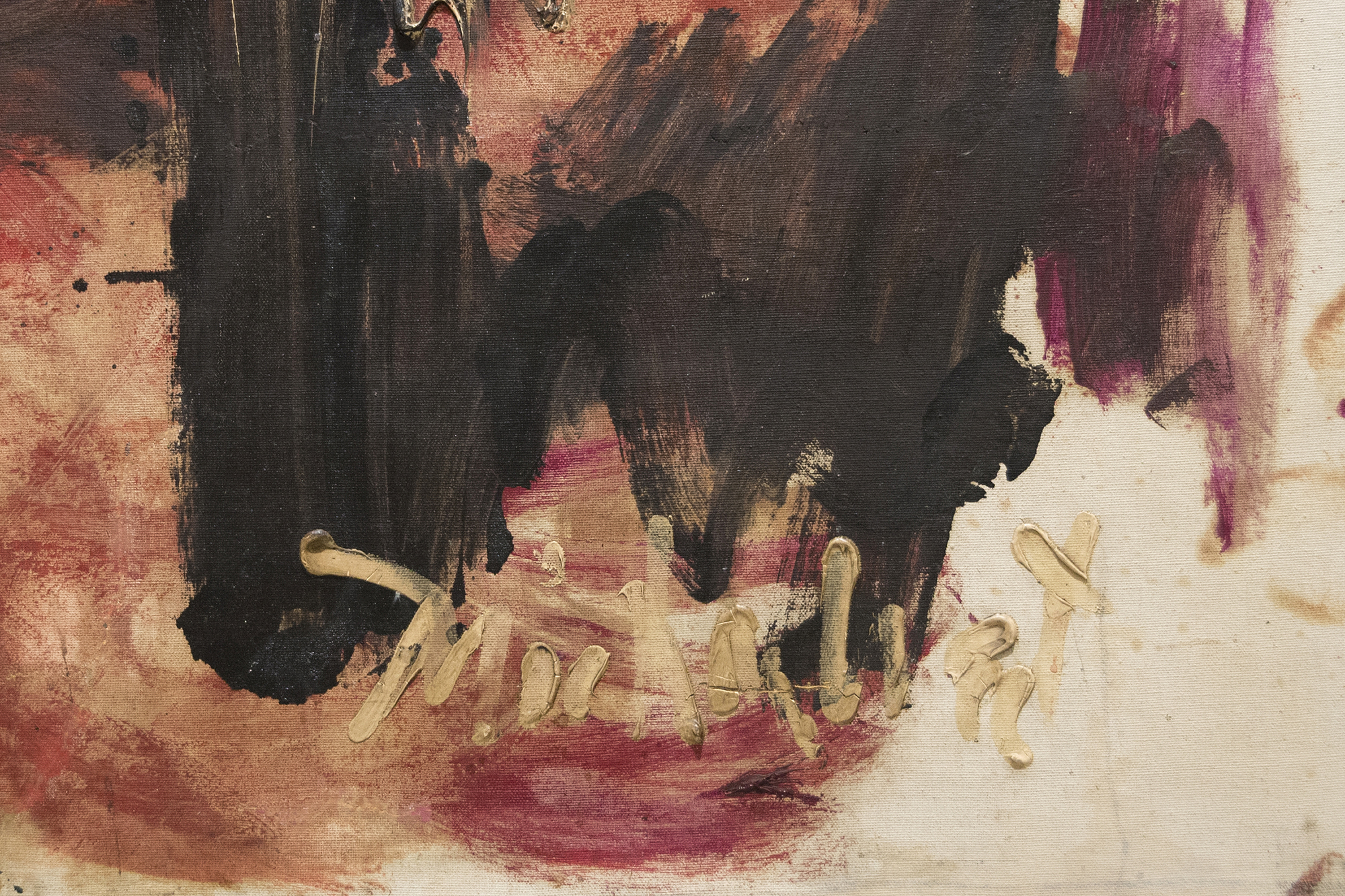
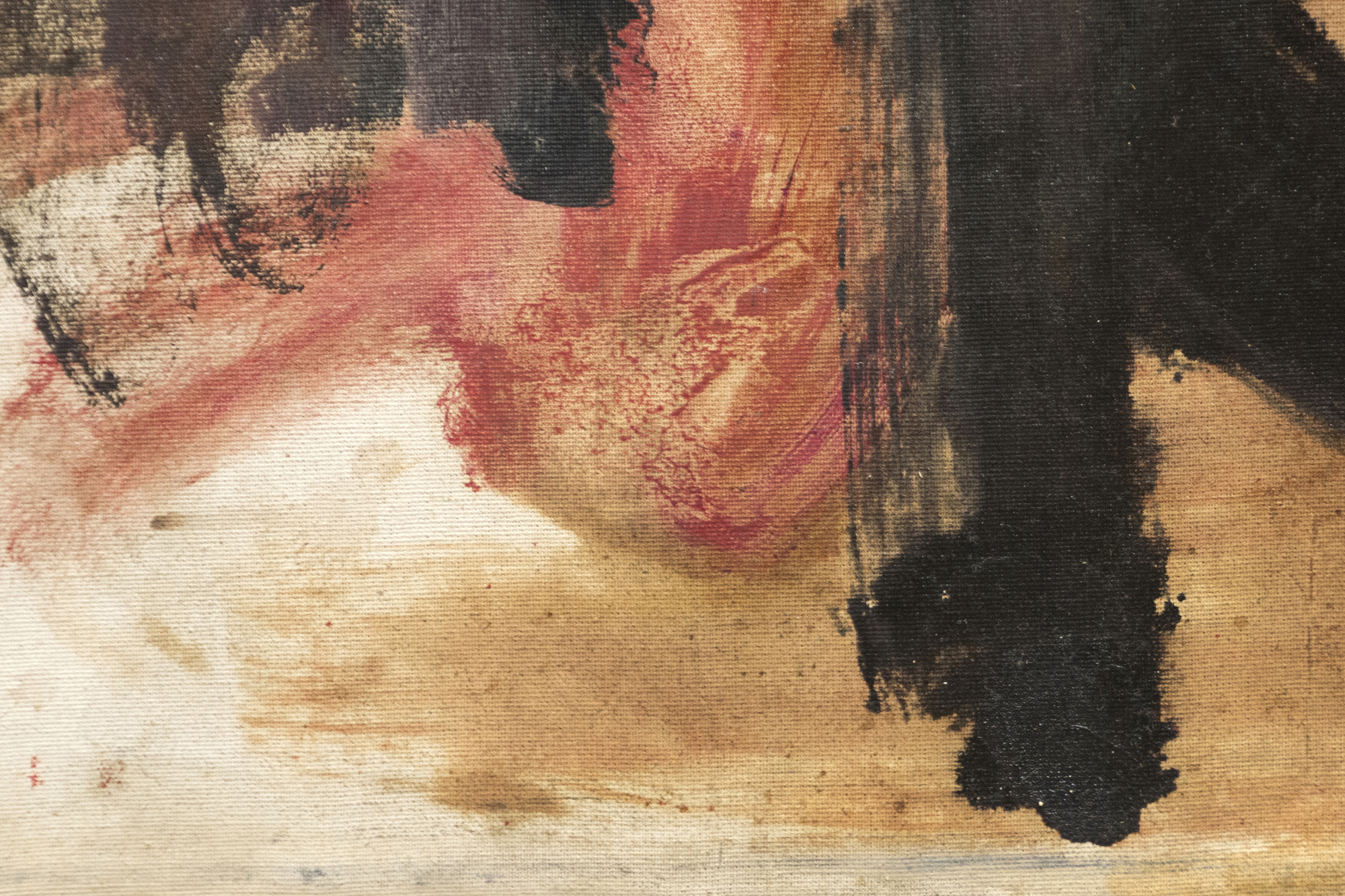
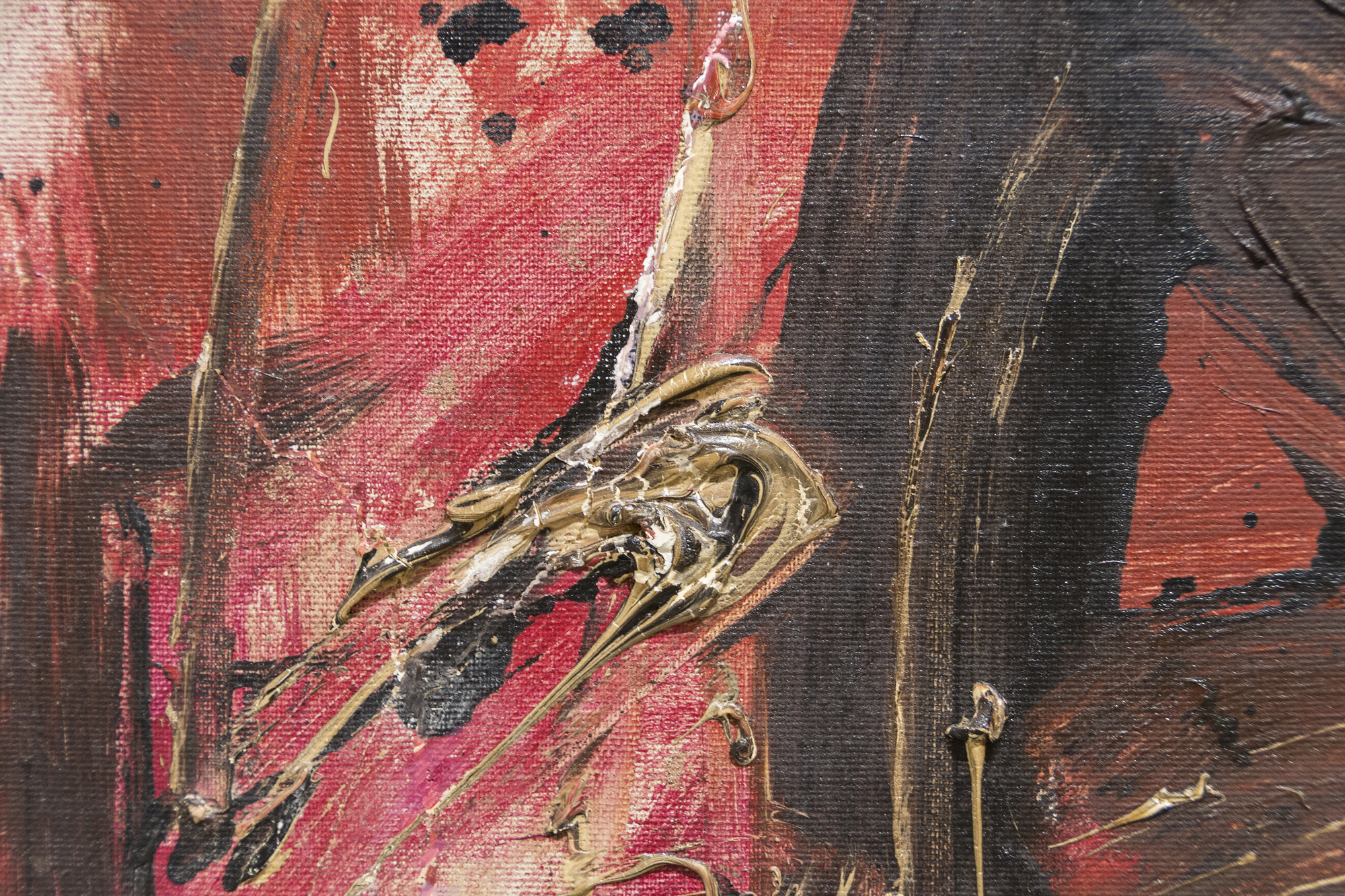
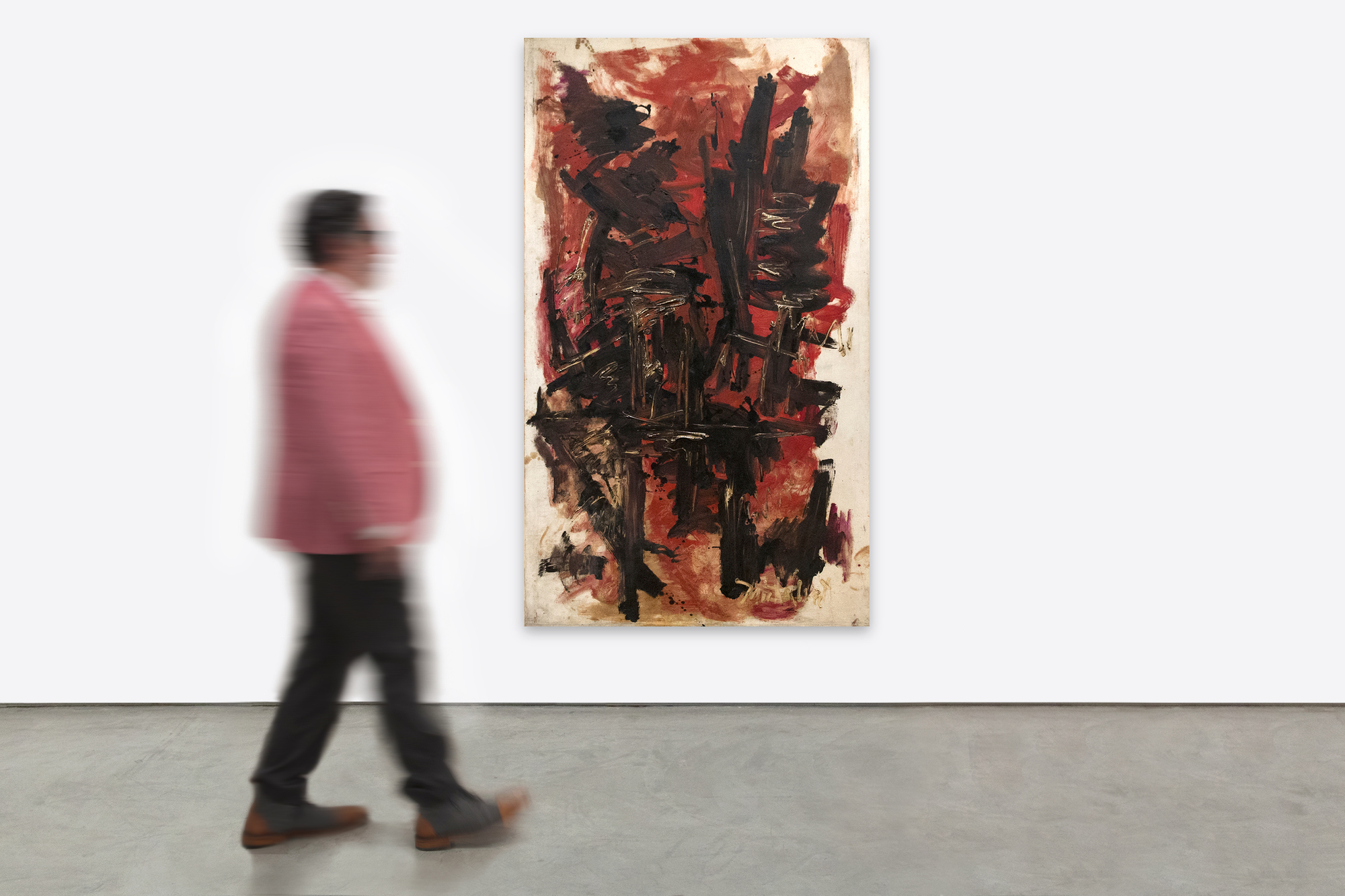
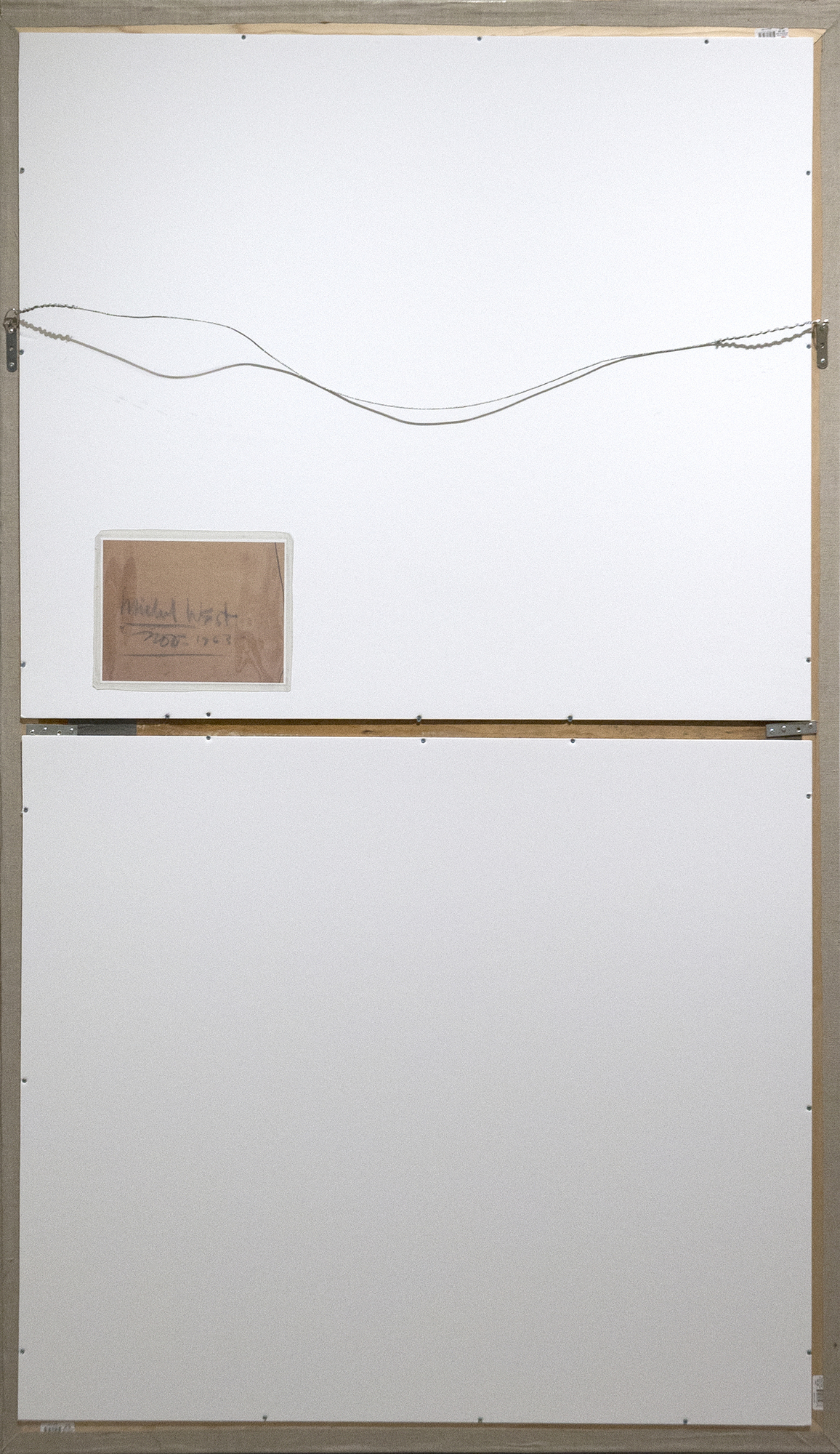
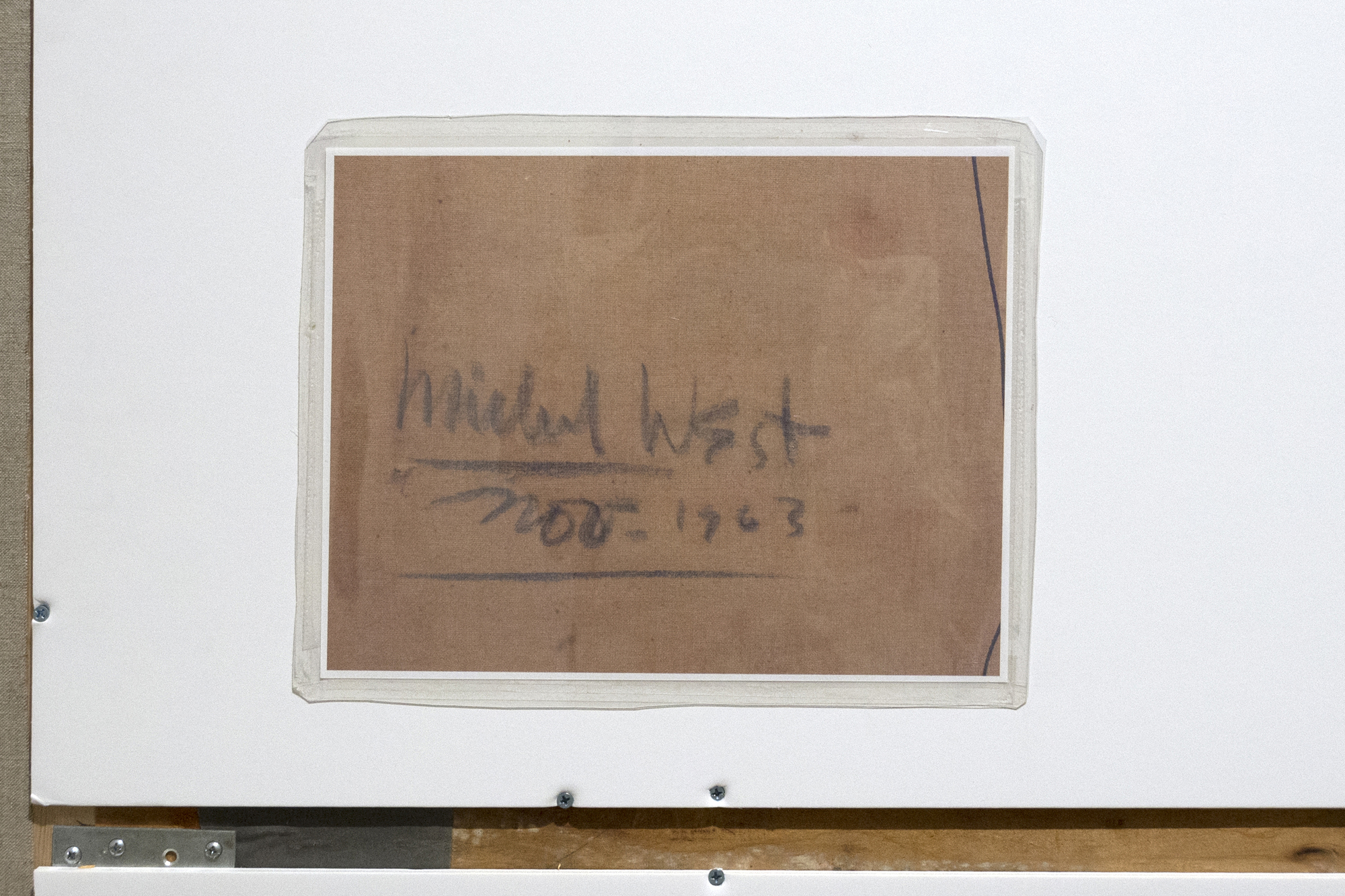
Provenienz
Privatsammlung, New YorkPrivatsammlung
Heather James Bildende Kunst
195,000
"The Day After", gemalt 1963, ist Wests viszerale, abstrakte Antwort auf einen Schlüsselmoment der amerikanischen Geschichte - die Ermordung von Präsident John F. Kennedy. Die sich überlagernden Schichten aus gesättigten blutroten Tönen, die mit kräftigen schwarzen Strichen kollidieren, deuten auf den Bruch im nationalen Bewusstsein hin und rufen Gefühle der Zerrissenheit und Verwirrung hervor, die den verinnerlichten Kummer des Künstlers verkörpern. West verwandelte das Ereignis in einen zutiefst persönlichen Ausdruck der Trauer, indem er das Gewicht der Trauer einer Nation in einer Form festhielt, die sich einer wörtlichen Darstellung entzieht und dennoch emotional viel aussagt.


